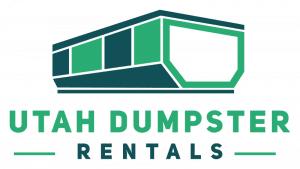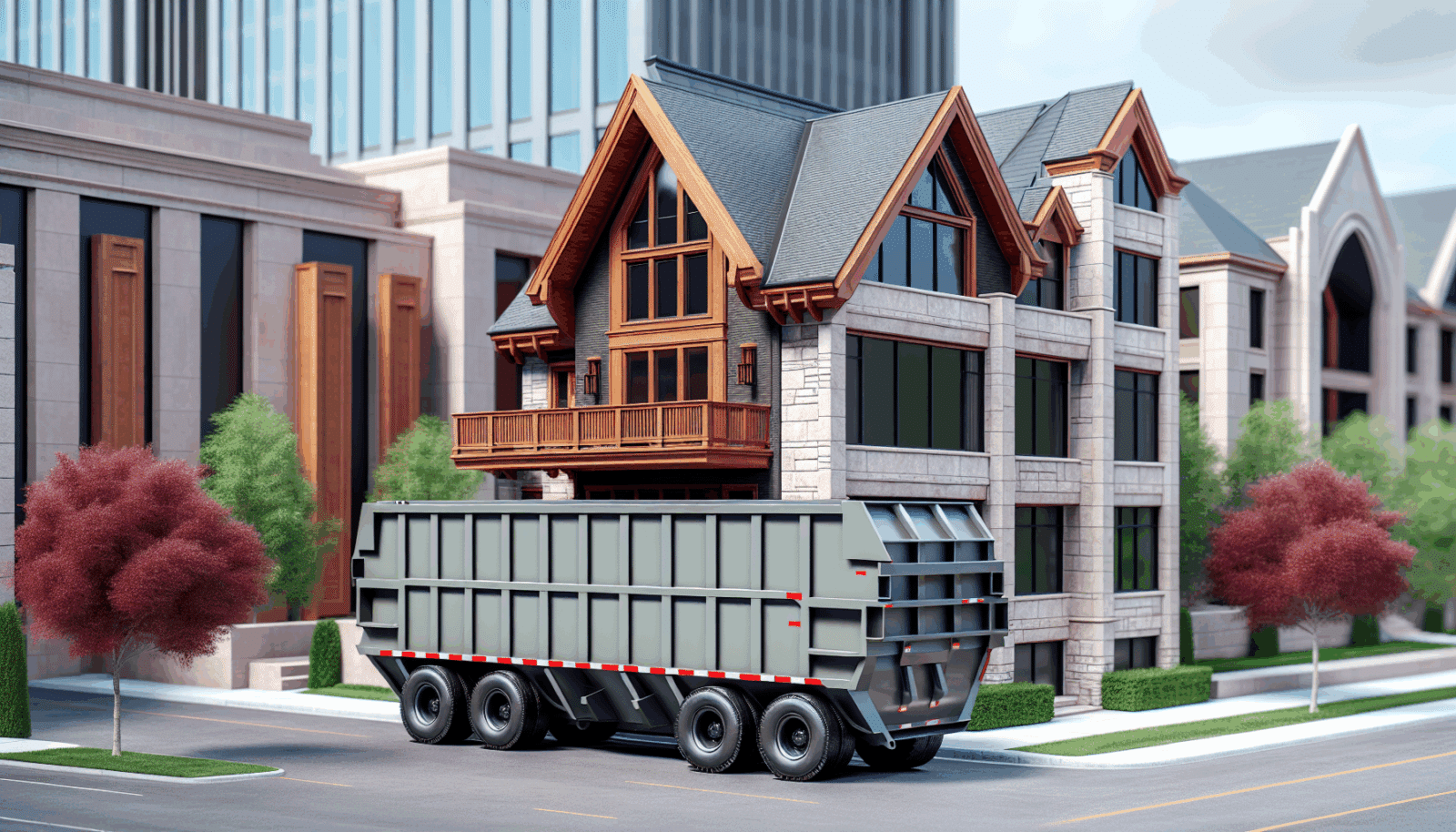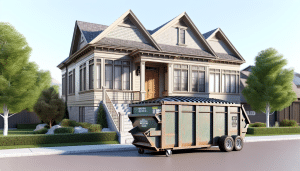Selecting the right dumpster size for your business needs can seem daunting. With Utah Dumpster Rentals, serving the homeowners across Davis County, Salt Lake County, and Utah County, this task is made simpler and more efficient. This article will guide you through all the key considerations to ensure you choose the right size, minimizing hassle and optimizing waste management. From understanding dumpster dimensions to weighing disposal needs, our comprehensive guide offers tips and insights to make your decision easy and well-informed.
Contents
- 1 Understanding Dumpster Sizes
- 2 Assessing Your Business Needs
- 3 Considering Waste Types
- 4 Frequency of Waste Removal
- 5 Calculating Volume Needs
- 6 Budget Considerations
- 7 Choosing Between Short-term or Long-term Rentals
- 8 Tips for Selecting the Right Dumpster
- 9 Understanding Rental Terms
- 10 Contact Us for Assistance
Understanding Dumpster Sizes
Before diving into the specifics, it’s helpful to understand the various dumpster sizes available. Dumpsters come in several dimensions, typically measured in cubic yards. These sizes, ranging from small to large, offer solutions for any waste-generating business activities you might encounter. Knowing the available sizes will set a strong foundation for making an informed choice.
Small dumpsters, often ranging from four to ten cubic yards, are ideal for light debris. They work well for smaller projects or businesses with limited waste disposal needs. Medium-sized options, typically around 15 to 20 cubic yards, suit moderate disposal demands frequently seen in remodeling or office clear-outs. As for large dumpsters, which can be 30 to 40 cubic yards, they cater to extensive operations like construction projects with substantial waste quantities.
Assessing Your Business Needs
Every business generates waste differently, so identifying those patterns is crucial. Think about the scope and type of waste produced before deciding on a dumpster size. This self-assessment can save you time and money by ensuring you don’t overestimate or underestimate your disposal requirements.
If your business frequently disposes of light, compact waste, a smaller dumpster might suffice. However, if you’re frequently managing bulky materials such as furniture or construction debris, a larger size may be more appropriate. Consider the nature of your work—understanding these nuances can help pinpoint the most efficient choice for your needs.
Considering Waste Types
Different types of waste require specific handling, and this can influence the size of the dumpster you should select. Hazardous materials usually need separate disposal protocols, while recyclables might need a dedicated recycling dumpster.
Simpler waste, like regular garbage or minor office waste, is generally manageable with small to medium dumpsters. Mixed waste, containing various materials, may necessitate medium to large sizes, especially if you don’t segregate waste before disposal. Knowing the waste type helps not only in selecting the right size but also in ensuring compliance with any local disposal regulations.
Frequency of Waste Removal
How often your business generates waste can impact the dumpster size as well. If waste accumulates quickly, you might need a larger dumpster or more frequent pickups.
For businesses with cyclical or periodic peaks in waste production, such as during seasonal sales or inventory clean-outs, it can be beneficial to adjust the size or schedule accordingly. By strategically planning your waste removal frequency, you’re able to maintain a cleaner, more organized workspace with optimal waste management efficiency.
Calculating Volume Needs
Understanding how to calculate your waste volume will significantly aid in dumpster size selection. Volume calculation involves proximate estimations based on experiences from past activities or relying on industry standards.
For example, if you’re involved in a renovation or construction project, the volume can often be calculated by comparing the physical size of the waste to a standard measurement, helping determine an appropriate dumpster size. The ability to measure and predict waste generation leads to better decision-making and resource allocation.
Budget Considerations
Dumpster rentals come at different price points depending on size, so it’s important to factor budget considerations into your choice. Bigger isn’t always better if it doesn’t fit within your financial plan.
Review your budget limitations and align them with the expected waste volume. Investing in a size too large could unnecessarily inflate costs, while an undersized option might leave you with hidden removal fees from overflowing waste. Thus, striking a balance between necessity and cost is key.
Choosing Between Short-term or Long-term Rentals
Deciding whether a short-term or long-term dumpster rental is more suitable can affect what size might be ideal. Short-term projects like minor renovations often require only temporary short-term rentals.
On the other hand, businesses with ongoing operations producing constant waste may benefit from a longer-term solution. Understanding the frequency and duration of your needs aligns the size of the dumpster with both your project and financial timeline, offering savings and flexibility alike.
Tips for Selecting the Right Dumpster
Here are some quick tips to ensure you make the best decision regarding dumpster sizes:
- Know Your Materials: Different materials take up varying amounts of space. Knowing what types of waste you will generally need to dispose of can aid in selecting a suitable size.
- Consider Space Availability: While a larger dumpster offers more capacity, you’ll need to ensure there’s sufficient space on your property to accommodate it.
- Seasonal Changes: Some businesses experience waste variations due to seasonal operations. Plan for changes that may temporarily adjust your waste production.
- Consult a Specialist: Reach out to us for expert advice. We can help you match your unique needs with the ideal dumpster size.
- Think Long-Term: Anticipate future projects or expansions that might increase waste output, choosing a size that offers flexibility for growth.
Understanding Rental Terms
Before finalizing your dumpster rental, take the time to read and understand the rental terms. Various rental agreements can include terms that affect how you utilize and may influence your choice of size.
Rental contracts usually contain important clauses about fill level, types of waste allowed, and duration of usage. By being familiar with these, you can avoid penalties and ensure smooth, cost-effective waste management.
Contact Us for Assistance
Don’t let the dumpster sizing process overwhelm you. Rely on our expertise to guide your selection, ensuring you choose the size that perfectly meets your needs. We’re here to help streamline your decision while saving you time and effort.
Our friendly experts are ready to answer any questions, offer professional insights, and support you throughout the dumpster rental process. At Utah Dumpster Rentals, we make waste management easy so you can focus on what matters most—growing and maintaining your business.
For personalized advice or to arrange a dumpster rental today, contact us at 801-901-9871 or Request a Free Quote.




